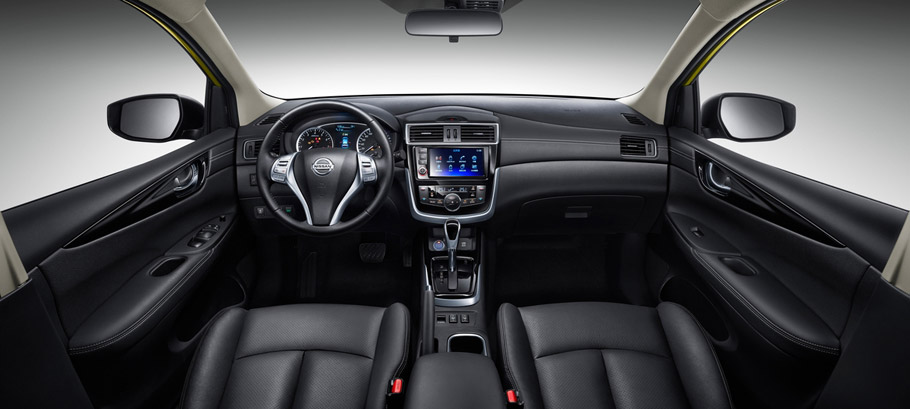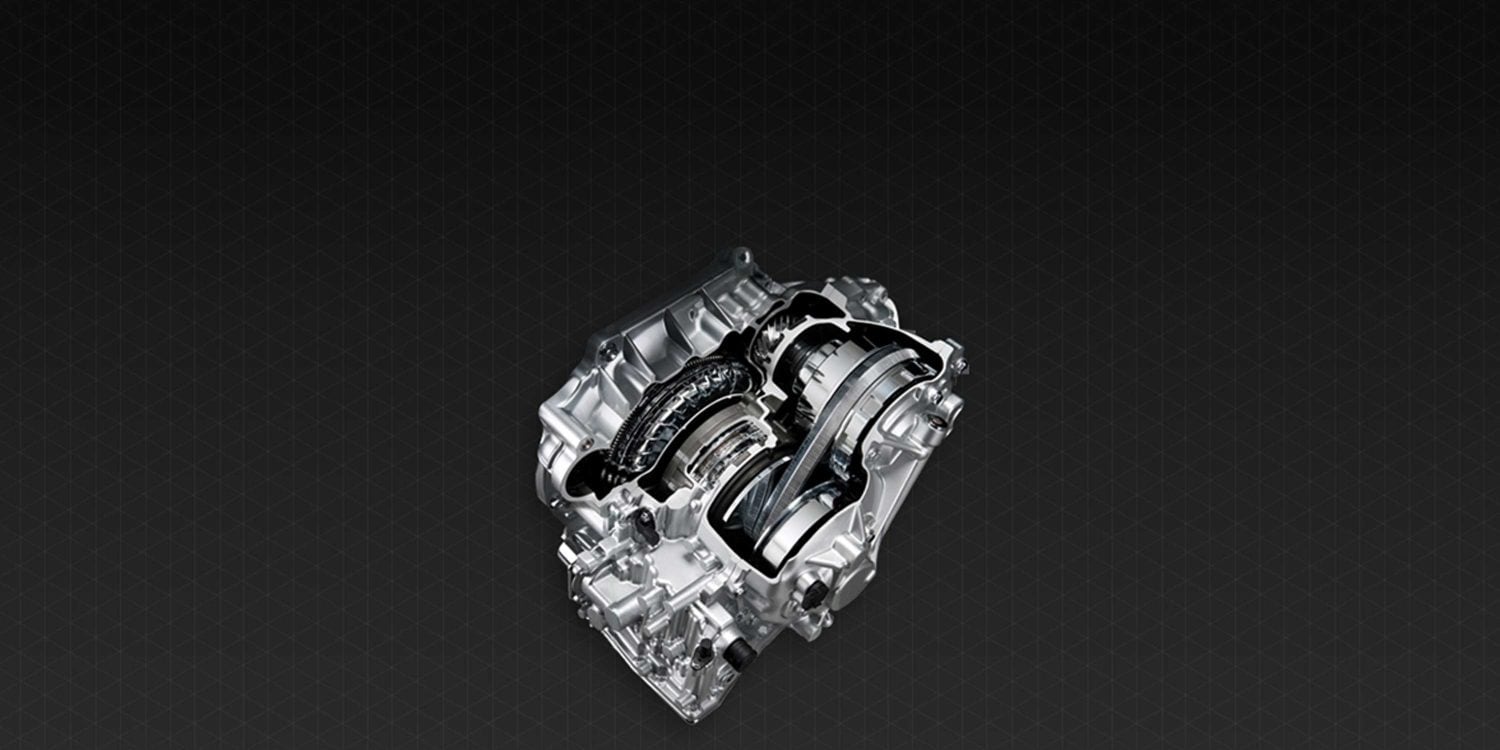


- XYtronic Duo Vac Fume Extractor complete with arm kit: XY-BSHVEESDARM-KIT: Duo vac fume extractor complete with arm kit. Features 3 stage Hepa filtration with filter sensor and built in silencer.
- Nissan says its seamless Xtronic CVT system makes “the vehicle perform as though it has a variable gear for every driving situation.” Car and Driver provides an extremely in-depth explanation about the differences between a CVT and a traditional automatic transmission. There are two key takeaways we should know.
- Xytronic 168-3CD Temperature Controlled Soldering Station: Xytronic 168-3CD, 60Watt Digital Soldering Station with NICHROME heating element. Upgraded from the exclusive 168-3C to include upgraded housing, digital read out and calibration port added to the front base for convenient fine tuning.
X-Tronic 4020-PRO-X. Platinum Series. 1000 Watt. Hot Air Digital Rework Station with Patented Nozzle Holder. 4 Temp Presets, Temp Calibration, C/F, Auto Cool Down & Mute/Unmute Sound Features! 2012-2017 Sentra Xtronic Overheating Lawsuit ∞. In September, 2017 Nissan was accused of designing Xtronic CVTs with cooling systems too small to handle the job. The lawsuit, Waldo Leyva, et al. Nissan North America, Inc., was filed in the U.S. District Court for the Central District of California. To CVT or Not to CVT? That is A Question.
Click to see full answer
Likewise, people ask, what is CVT with Xtronic transmission?
CVT (Continuously Variable Transmission) is a system with seamless, “stepless” gear transmission. XTRONIC CVT is suitable for 2.0-3.5-liter displacement engines, achieving an improvement in fuel economy of up to 10% compared to standard CVT, and delivering the feel of a more direct drive.
Similarly, what is the difference between CVT and Xtronic CVT? In a sense the XTRONIC CVT is an automatic transmission, but it differs in that the CVT does not have fixed gears like an automatic transmission does. The XTRONIC CVT uses two pulleys with a steel belt running between them. Additionally, the XTRONIC CVT has less moving parts than a traditional automatic transmission.
Similarly, is CVT better than automatic transmission?
A CVT draws top engine power from a small engine, which gives drivers quicker acceleration than standard automatic transmissions. Because of their greater ability to control the engine speed range, CVTs produce fewer emissions. CVTs are also lighter weight than traditional automatic transmissions.
How long do CVT transmissions last?
five years
Nissan Motor Co., Ltd. introduced its first version of the ContinuouslyVariable Transmission (CVT) to the Japanese market in the 1992 Marchcompact. Since then, Nissan has made a number of industry-leading advancesin CVT technology that have allowed it to expand the application of theadvanced transmission for use with higher-torque engines.
This extensive work continues to pay off for model year 2007, with theexpanded availability of the advanced Xtronic CVTÔ on a variety of Nissanvehicles in North America, including Altima (non-Hybrid models), Maxima,Murano, Sentra and Nissan’s all-new, entry-level model, the NissanVersa hatchback and sedan. The Xtronic CVT is standard on both Maxima andMurano.
Xtronics.com
The Xtronic CVT differs from conventional automatic transmissions byfeaturing an infinitely variable gear ratio between its lowest and highestgears. Whereas a traditional automatic transmission typically makes largeratio jumps from one static gear to the next, the Xtronic CVT flowssmoothly by transitioning through gear ratios with the feel of oneperfectly calibrated gear.

The latest, third-generation Xtronic CVT retunes a number of features toimprove performance, including the use of a smaller, more efficient oilpump; the adoption of a compact chain drive for 2.0-liter engineapplications (which reduces the transmission size as a whole); andimprovement of the precision of the pulley diameter control, allowing formore efficient belt pressure, more reliable torque transfer and improvedfuel economy.
“Across the industry, manufacturers are sacrificing performancefor efficiency and economy,” said Bill Bosley, vice president andgeneral manager, Nissan Division. “But we refuse to detract from theNissan driving experience. The expanded use of our advanced Xtronic CVT isthe ideal way to offer sporty performance and fuel efficiency in onepackage.”
How Xtronic CVT Works While automatic and manual transmissions usemultiple gear sets with an integral clutch and bands to achieve separategear ratios, Xtronic CVT uses an infinitely adjustable ratio design. Forexample, instead of jumping from a 2nd gear ratio of 1.950 to a 3rd gearratio of 1.392, Xtronic CVT can rapidly progress through 1.950, 1.949,1.948 - stepping seamlessly through 1.392 as the diameter of its pulleysgradually adjust. Because of this progression, the Xtronic CVT“changes” ratios with no perceptible pauses, jerks or lurches,virtually eliminating traditional shift shock.
Each pulley is composed of two stout cones, each point facing the other,similar to a yo-yo. A steel belt with a V-shaped cross section connects thecones. As the engine speed increases, the cones of the drive pulley slowlycome together, gradually pushing the belt further from the pulley’saxis. Simultaneously, the driven pulley’s cones are moving fartherapart, easing the belt closer to the axis of the driven pulley.
The pulleys are controlled to proportionately expand and contract so theratio of the drive diameters between the two pulleys can be varied over awide range. The Xtronic CVT offers a spread of “gear” ratiosbetween its lowest and highest range (2.371:1 to 0.439:1 for the 3.5-literV6 engine; 2.349:1 to 0.394:1 for the 2.5-liter 4-cylinder engine; 2.349:1to 0.394:1 for the 2.0-liter 4-cylinder engine and 2.561:1 to 0.427:1 forthe 1.5-liter through 1.8-liter 4-cylinder engines).
At the heart of the Xtronic CVT is a high-strength, flexible steel belt.The strength of this belt enables the transmission to handle a high amountof torque input, fitting for multiple sizes, displacements and power levelsof different Nissan engines.
Xtronic CVT Benefits Xtronic CVT offers a number of benefits overtraditional automatic or manual transmissions. The most obvious benefit isthe smooth ratio changes, versus the “clunk” of a shiftingtransmission that is familiar to most drivers. In eliminating these“steps,” the Xtronic CVT allows the engine to run closer to itsoptimal rpm, rather than dipping below or working above it like anautomatic or manual transmission. By maintaining ideal engine speed andavoiding unnecessary engine rpm, the Xtronic CVT optimizes fuel economy andemissions performance.
Xtronic Cvt Transmission Problems
For additional fuel economy, Xtronic CVT offers an expanded torqueconverter lockup range. While a conventional automatic transmission locksup in the mid-to-high speed range, a traditional CVT transmission onlybenefits from the torque converter at startup. Recognizing this, Nissanengineered the Xtronic CVT torque converter with a lockup range thatextends further into lower speeds, allowing for a better range ofmanual-transmission-like direct transfer of efficient engine power.
Additionally, Xtronic CVT has numerous other advantages overconventional CVT transmissions. Xtronic CVT boasts a wider gear ratio,which allows for improvements in both performance and economy. And, thanksto smaller minimum drive pulley radius, Xtronic CVT delivers betteracceleration performance than traditional CVTs, and its smaller minimumdriven pulley radius allows for better fuel economy.
X Tronic Soldering Iron
“Nissan Motor Co., Ltd. has been a leader in CVT research sincethe 1970s and currently offers CVTs in Asia and Europe in addition to theNorth American market, where our advanced Murano SUV paved the way forNissan’s expansion of Xtronic CVT technology in the UnitedStates,” said Bosley. “We’re pleased that Nissan is nowable to offer a great balance of what drivers need – as well as whatthey want – in a broad range of vehicles, from our flagship Maxima toour entry-level Versa.”
